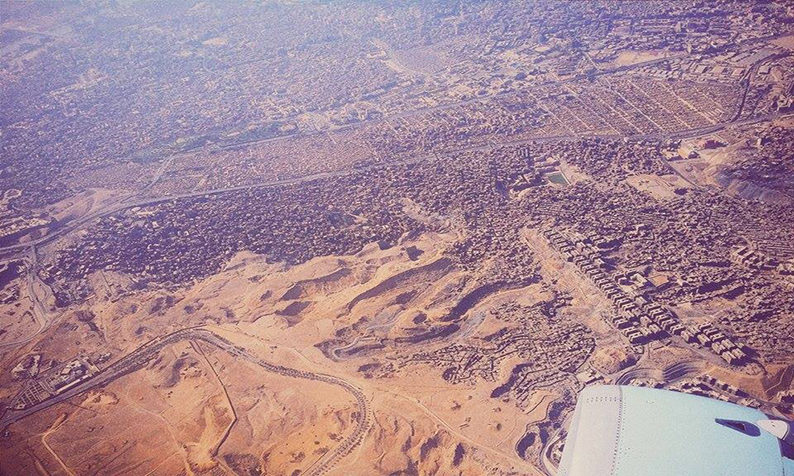For decades informal areas were perceived as a solution for housing the urban poor in urban areas. Hence, an economy developed within informal areas to serve the dwellers. However, this economy became more stable as it serves the formal sector. Hence, informal areas became consolidated. They changed from being dependent on the formal sector to providing it with services and goods. They changed from establishing survival activities to establishing stable enterprises. The informal economy inside the informal areas is increasing massively and booming very quickly. Nearly 40 per cent of the economic sector in Egypt is accounted to the informal sector. Part of this informal sector is located inside informal areas – the so-called informal economy – however the percentage of this informal economy in Egypt is unknown. Some investors started to establish their businesses inside, making use of the various assets inside the informal areas. For instance,centrality of the areas; wages of workers are low; and businesses are totally or partially violating the law (e.g. tax payments, health insurance, social insurance, etc.).
The informal economy that is meant within this research is the stable enterprises located inside informal areas that serve the formal areas not only the informal areas themselves. In other words, the economy that has an outreach.These informal-formal links were only studied from a socio-economic perspective focusing on the relation of the employees with the enterprises or focusing on the degree of violating the laws. The impacts of these informal-formal links on space production as well as economic functions has not been fully researched and understood. Against this background, this research takes the case study of Greater Cairo Region (GCR) in order to investigate the spatial and economic impacts of informal-formal connectivity that have emerged. By looking at the city region, the research builds on Frankenhoff’s conceptualization of slum-urban centre relationship (1967) and explores the spatial and economic relationship between informal and formal areas in the (GCR). Furthermore, the research will focus on the spatial and economic relations impact on the development and consolidation of informal areas. In this regard, the researcher attempts to contribute to both the urban informality and the spatial economy discourses.



